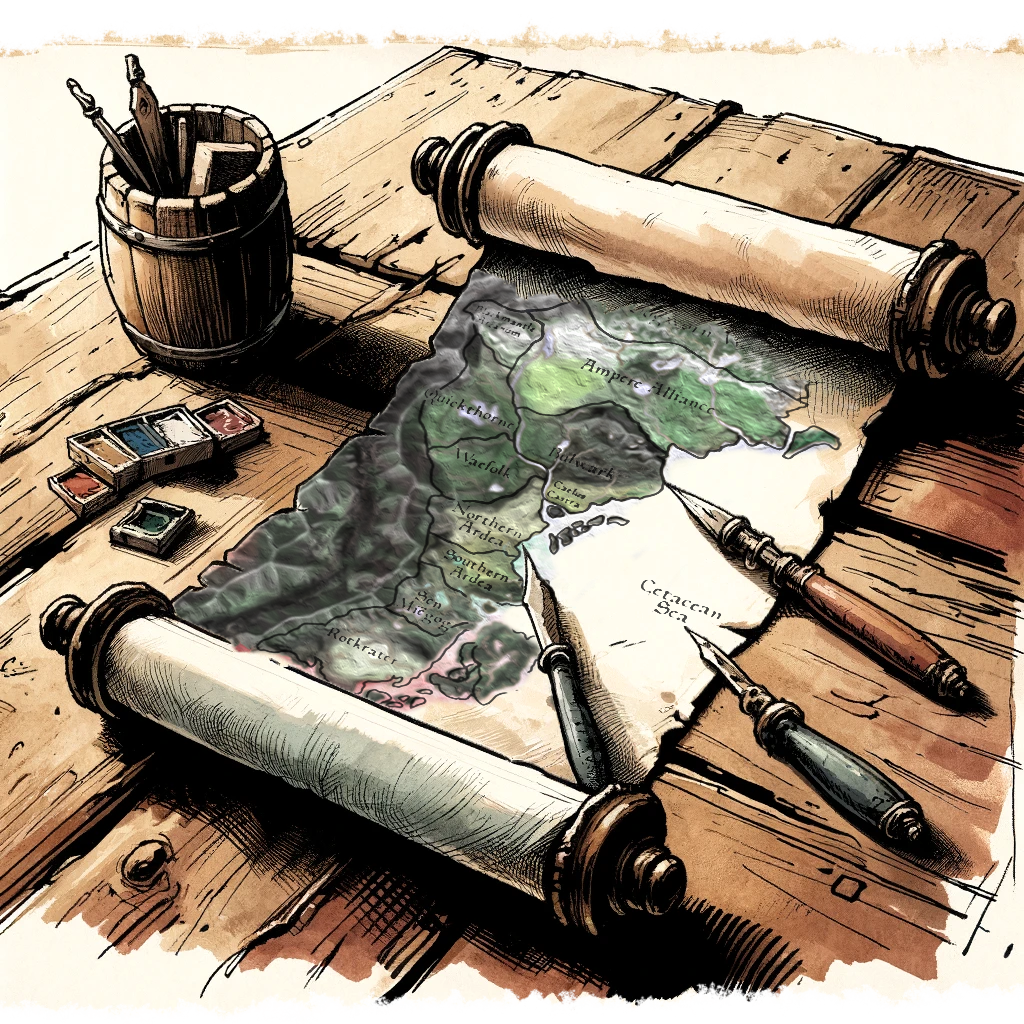History
We know very little of the world before the Cataclysm.
What spells might we have known? Where was the ancient heart of civilization? What creatures may have walked this land before perishing in the elemental storms?
All we have left are stories. And, after the Cataclysm, even those are few. Centuries of turmoil and chaos buried our past, and so we work to uncover what truths we can.
The Age of Genesis
c. 4.5 Billion Years BSA
How did the world begin? Neither science, nor magic, nor religion has revealed the full story. But through these fragments of information, we can begin to assemble a whole.
Common belief tells us that the Tectonics came together and assembled our world out of the Elemental Chaos billions of years ago. They warred and fought, causing violent eruptions and brutal torrents, as they compacted down and settled into the shape of our world.
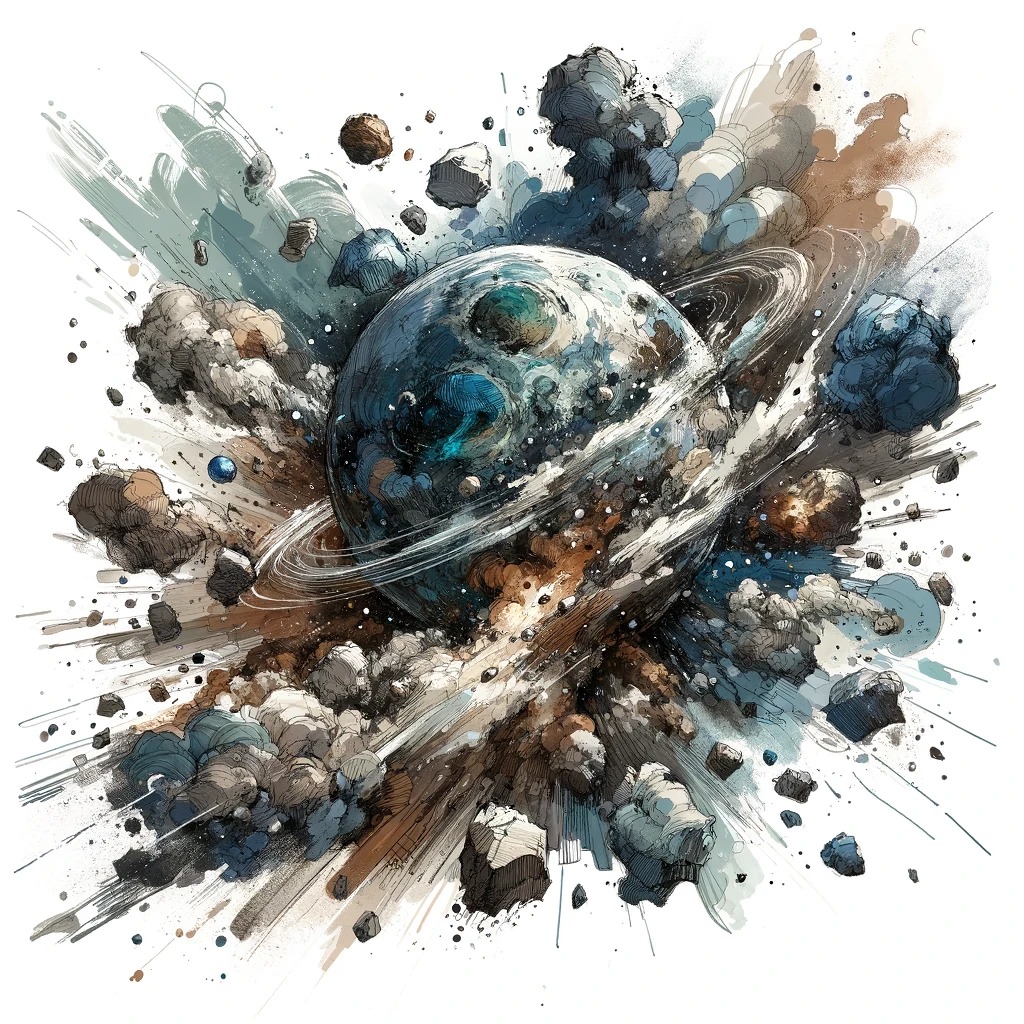
The Age of First Breath
c. 3 Million Years B6A
As the primordial elements settled, new life sparked in the oceans. Over hundreds of thousands of years, these new life forms evolved and changed, and, in time, the lizard-like “Firstfolk” of the Old World inherited the nascent planet.
As a gift to the Firstfolk, the Tectonics created scaled beasts armed with powerful, elemental breath — the Dragons — to serve as guides and leaders.
The living ancestors of the Firstfolk say the Old World’s early reptilian and amphibious peoples lived among and venerated the Tectonics and the Dragons. While many written records were destroyed in the Cataclysm, some of their traditional rites and practices have stood the test of time.
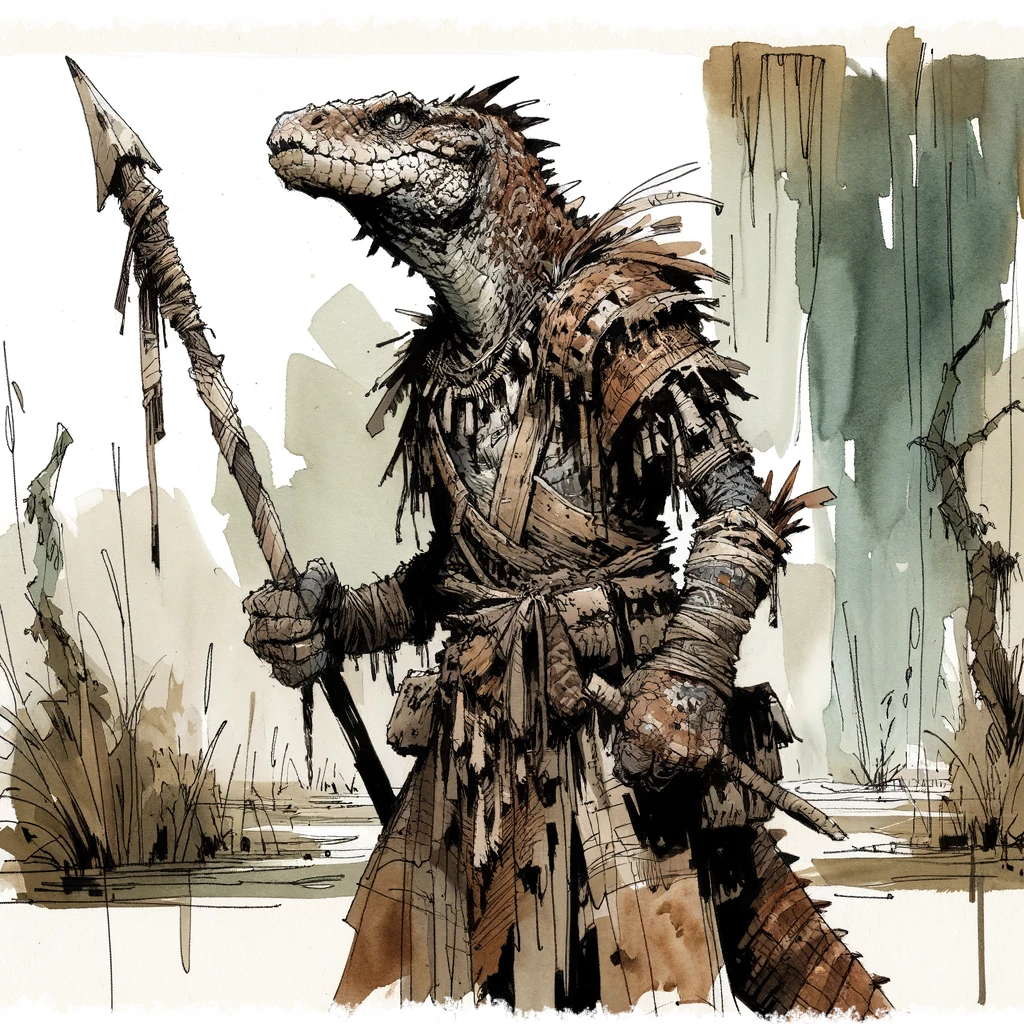
The Age of Assembly
c. 50,000 Years B6A
New species emerged and civilization blossomed on the Old World, but so too did monsters. Villages seldom lasted long before they were raided and ravaged by the horrors of the wilds. The peoples of the Old World sought safety, and the Tectonics created the Giants to help them build walls and weapons.
In addition to guiding and teaching the mortals of the world, the Giants constructed their own great cities. Their cities may have even once covered the Old World, yet few still stand today, ruins of a time long past. The decaying remains of their great structures dot the landscape of the hallowed swamps to the south, and others may yet be hidden within the sands of Northern Ardea (ARR-dee-uh), the cavernous depths of the Ettin Mountains or distant lands across the vast unexplored world.
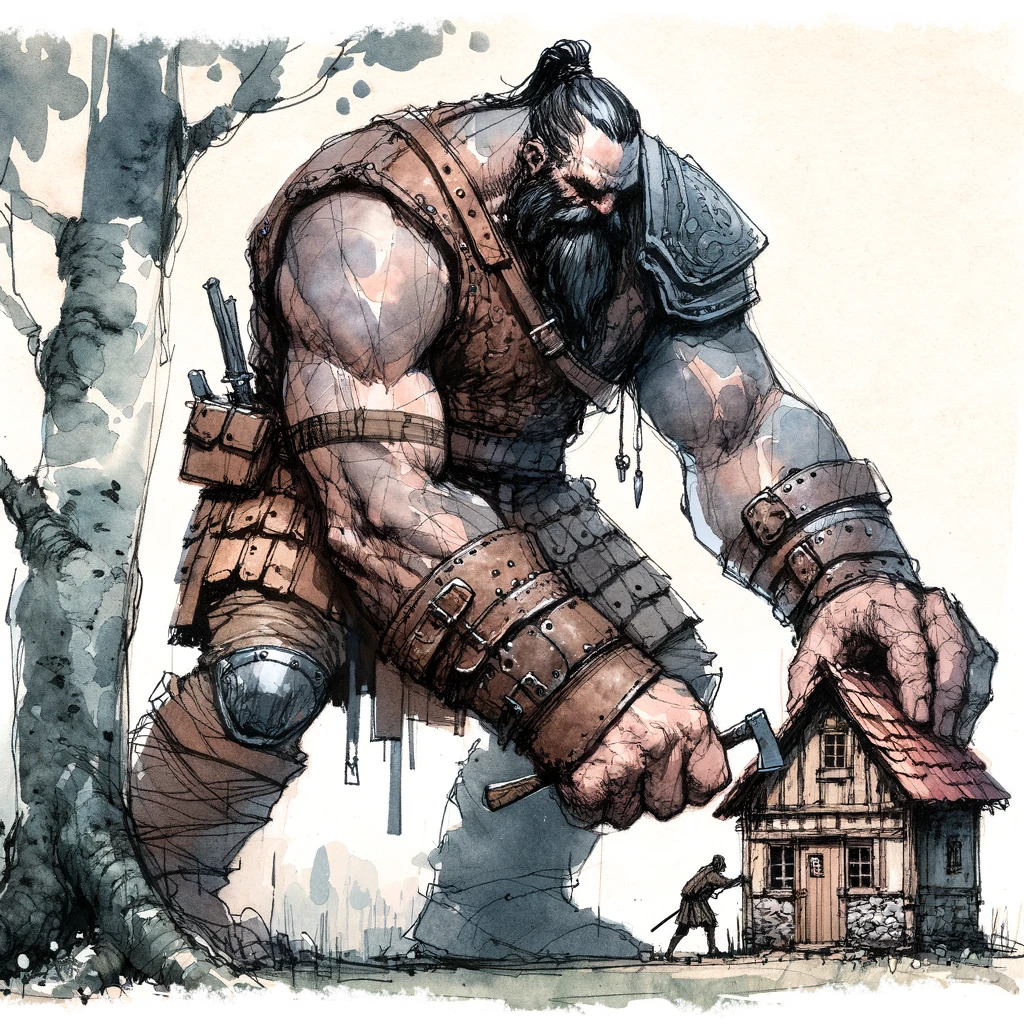
The Age of Awakening
c. 30,000 Years B6A
For thousands of years, the peoples of the Old World lived in balance with the Tectonics, the Dragons and the Giants, content with their gifts and guidance.
For some, however, this was not enough.
Heretical spellcasters tapped into forbidden magic from worlds beyond. As they looked out into the Outer Planes, they drew the attention of powerful, otherworldly beings. These new gods, the Wills, came to the peoples of the Old World, offering power and a place in their cosmic plans. Some refused, holding true to the Old Gods, but others agreed to their terms.
As the Wills began to exert their influence over the Old World, the Tectonics created the Djinn (jin), clever elemental spirits capable of rivaling the Wills. The Djinn sought to protect the Old Gods and drive out the Wills, and they were wholly dedicated to this cause, no matter the cost. They did, however, have an appreciation for mortals, if only for their usefulness. The Djinn were willing to lend their power to mortals as gifts or in carefully brokered trades.
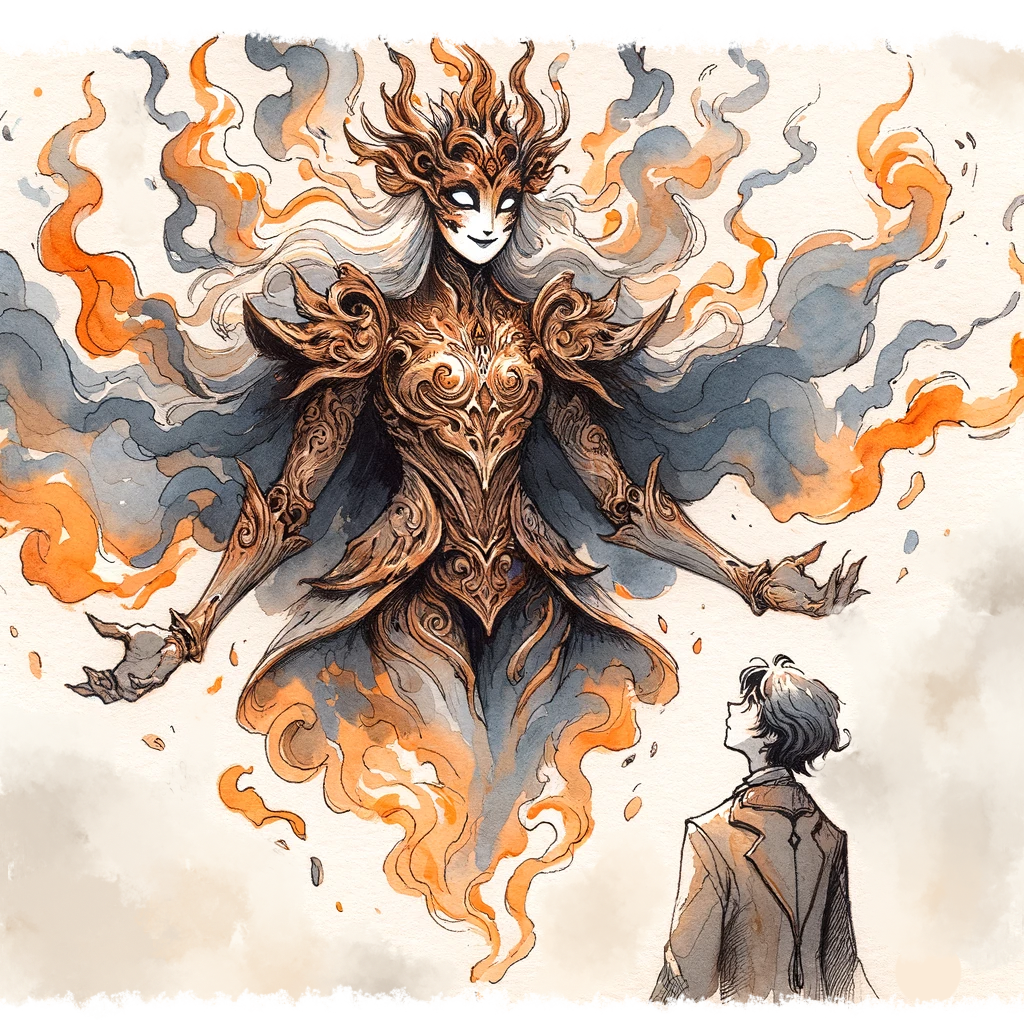
The Age of Cataclysm
c. 10,000 Years B6A
Few who witnessed the dawn of the Cataclysm lived long enough to see its end, but some of their stories have survived. The most detailed account yet discovered is the Ignasa Codex, a collection of narratives written in Old Common that claim to recount the Cataclysm’s entire 10,000-year span.
The authors claim that a band of marauders sought to steal the “Heart of the World.” As they traveled down to its core, they came upon Weld, a great Tectonic of metal. Undeterred, their leader, Odin, stepped forth and reached toward the Heart.
In a moment of divine wrath, Genesis and Entropy shattered time and space. They ripped the Heart of the World from our plane and hid it where no mortal could ever find it.
But, in their wake, Odin and Weld were changed. As time and space wove itself back together, so too were Odin and Weld entwined. Skin and bone melded into the metallic form of the great titan. The elemental’s fathomless power drank in the marauder’s greed and ruthlessness. They became a towering amalgam of man and Tectonic, flesh and ore, the creature’s mind consumed by a rage it knew not how to satisfy. And thus, the “Ironvein,” as it came to be known, began to march.
As the Ironvein led its campaign of destruction, the natural world fell into chaos, the titan’s madness poisoning every Tectonic it touched. Powerful elemental storms would be the harbingers of its approach, the land quaking and splintering, wind crashing with the strength of tidal waves, fires ravenously seeking their fill and monstrous rivers hunting like great wrathful serpents.
For thousands of years, the elements warred, desperate for rest yet unable to quell their frenzy.
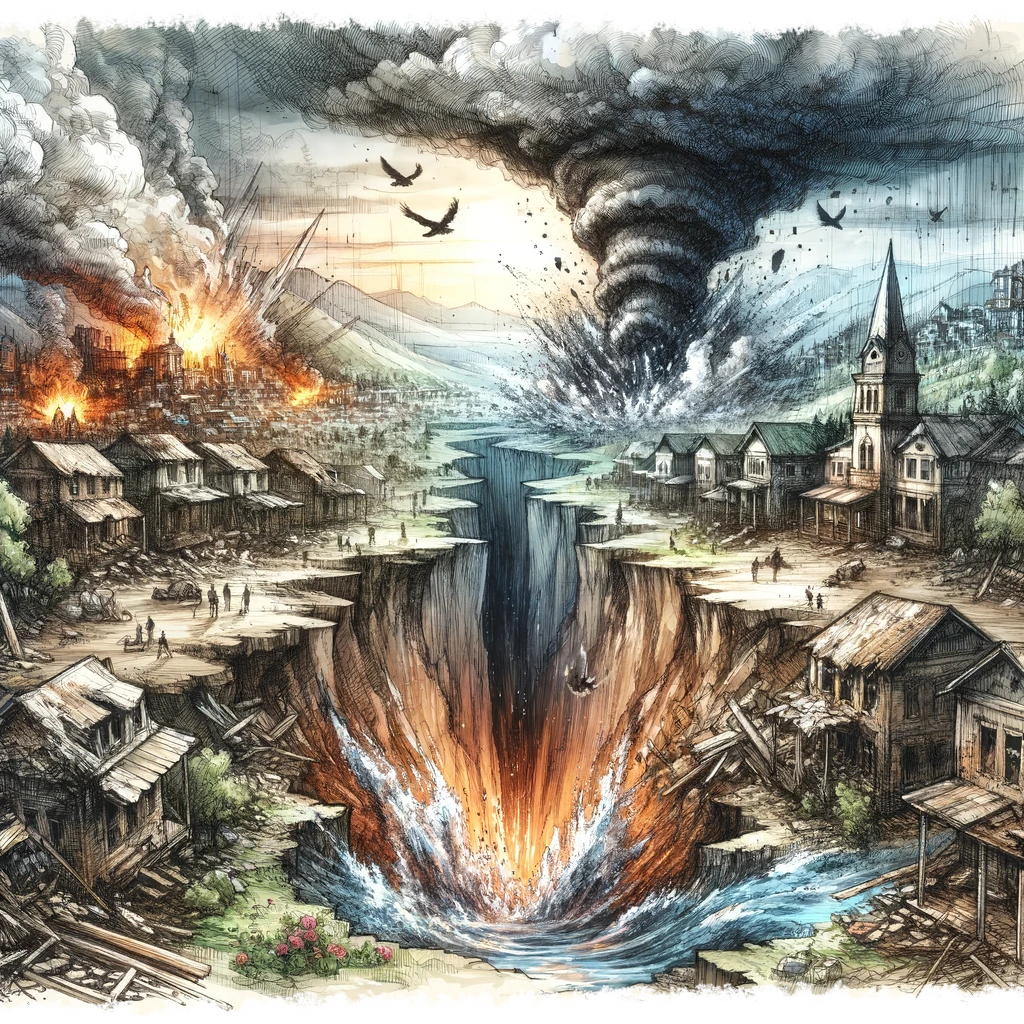
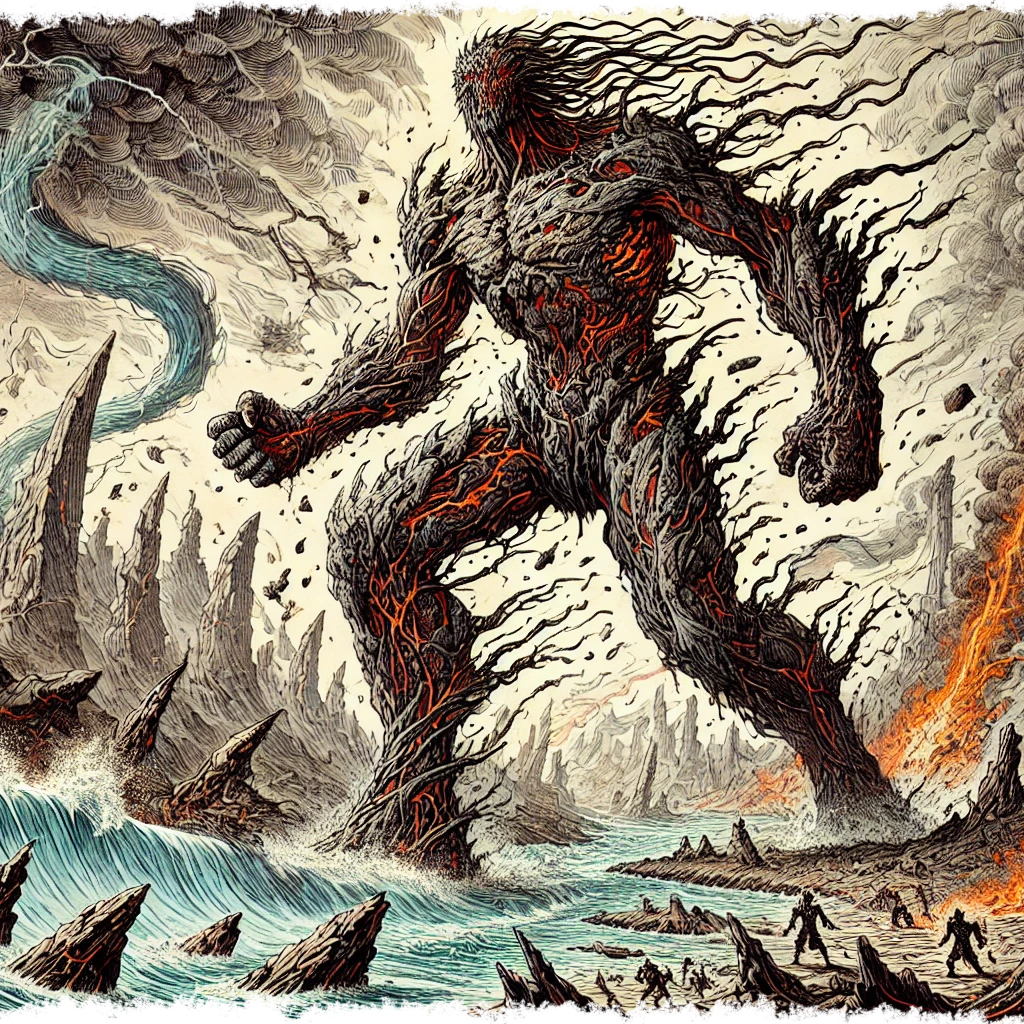
The Sixth Age
Present
As if from the wind itself, the legendary hero Caelus (KAY-lus) arose about 600 years ago.
Baring the blessing of Augur the Tectonic of the North Wind, the air genasi Caelus assembled a team of nine champions, whom he titled the Blackmantle Magi (MAH-jai), and together they forged the Blackmantle, a magical blade capable of felling even gods.
With a final swing of his sword, Caelus and the North Wind struck the titan with a blow so great that it would carve through the land, leaving behind the rift now known as the Mountain Barrows.
In the deepest crater of the Mountain Barrows, the Magi found the still-intact sword of the legendary hero.
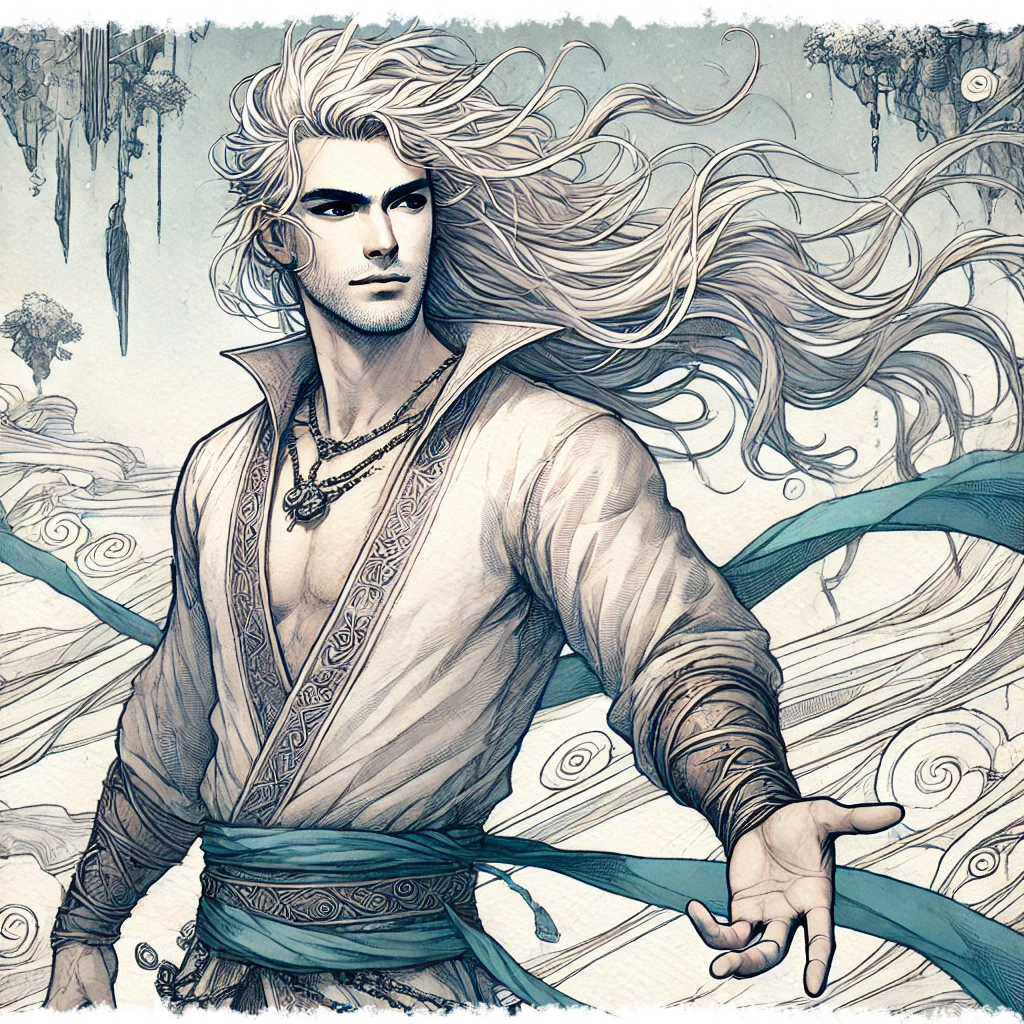
Bastior, beloved among Blackmantle magi of Caelus, spake:—”It is done. But where is my lord?”
The magi found not a body slain.
Unmade were Caelus, North Wind, and the Ironvein. Fallen in thine place, the graven blade of their unmaking, forged anew, a haunt of iron and breath. Upon its hilt, engraved:
Here rests interred
The Ignasa Codex
the last breath of Cataclysm.
It’s believed that Caelus, with no viable way to kill a Tectonic, imprisoned the twisted soul of the Ironvein within the blade but in so doing bound his own to the sword as well. The weapon was later dubbed the legendary Sword of Caelus.
In the wake of the Cataclysm, the planet was changed. What was once whole has been severed by chaos and war. The Old World was shattered.
In the stillness after the Cataclysm, the world was left broken. What remained was reshaped by ruin and time, no longer the Old World, but something new.
The survivors gave it a new name, Caebor (KAY-bor), and above it hangs two moons — fragments of the world torn free in the final collapse.
Along the newly formed Mountain Barrows of Caebor, the nine champions established the Blackmantle Arcanum (arr-KAY-num), and each Magus created a college of their own in their homeland.
Inspired by Caelus’s sacrifice, each of the original Blackmantle Magi made a pledge. At the end of their lives, they would transfer their souls to weapons. Each sentient, soul-bearing relic was to be entrusted to the headmaster of its namesake college so that the champions could continue to offer wisdom for all eternity. Despite pulsing with powerful spiritual energy, the Sword of Caelus is the only one of sentient Blackmantle relics to never speak. Spellcasters who have had a chance to study the weapon believe that the struggle between Caelus and the Ironvein has prevented either voice from surfacing.
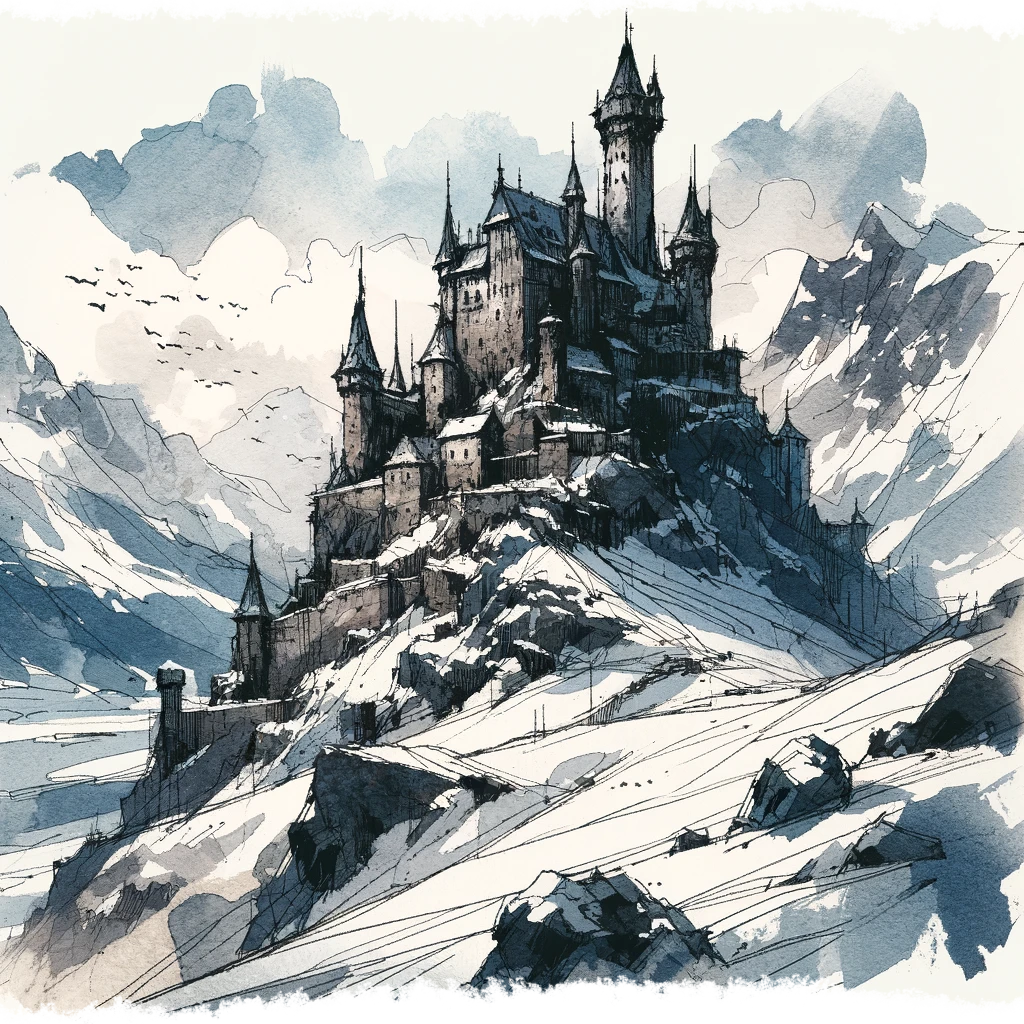
In the years immediately following the Cataclysm, the peoples of Caebor frantically began building clans and settlements, claiming their slice of the free world. Feuds led to clashes which led to warfare. As the newly-organized factions threatened to plunge the region back into chaos, the Blackmantle Magi called for the first “Imperial Circle.”
Leaders from all across the strand, from the Mountain Barrows to the coast of the Cetacean Sea (suh-TAY-shun sea), answered the summons. Together, they negotiated a peace treaty, a promise to never again let the region succumb to war lest the Tectonics rise once again. They called this treatise the Accords of Augur, named for the guardian Tectonic that aided the Magi in the final battle of the Cataclysm.
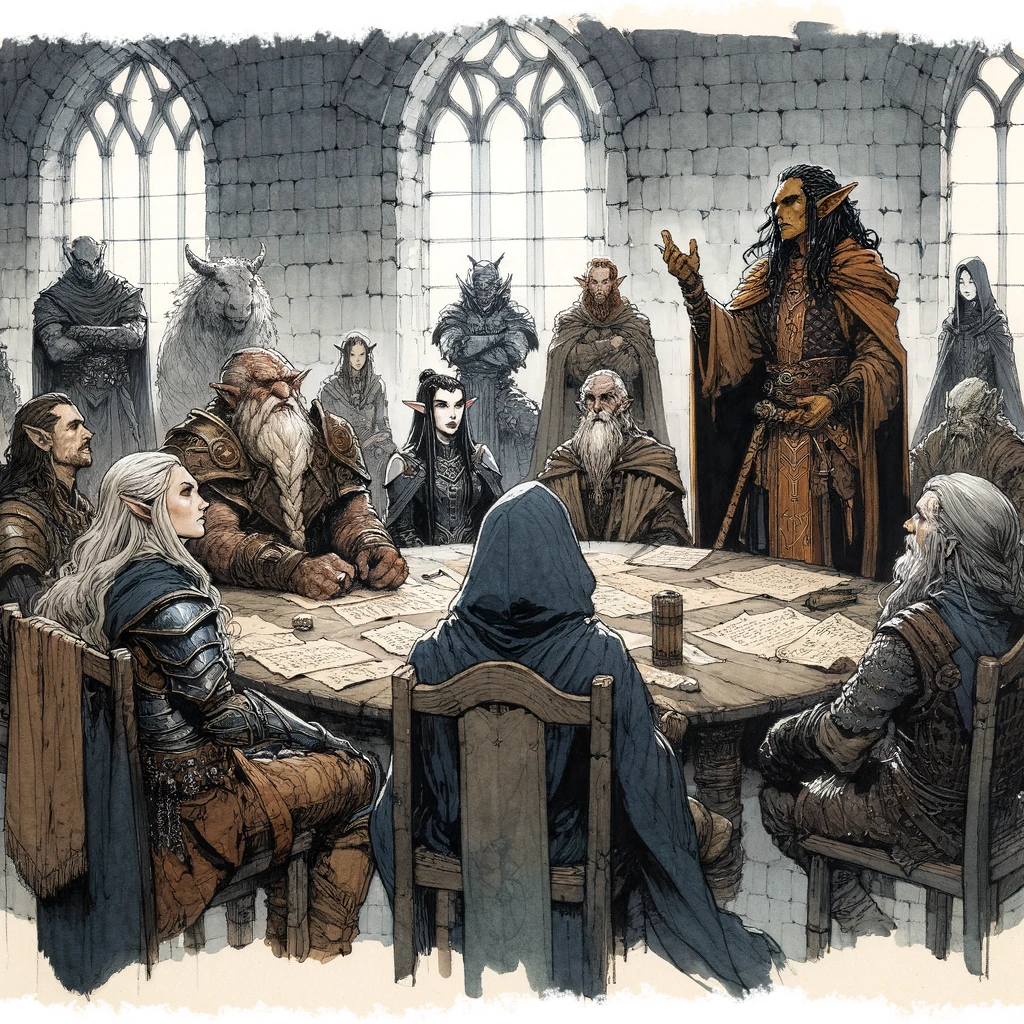
The leaders divvied up territories, forming 10 independent nations. In time, the five northern states united to form the Ampere Alliance (AMP-eer), Ardea split into its northern and southern nations, and Quickthorne broke off from Waefolk (WAY-fohk) as the forest awoke. These, along with Rotkrater, Sen Miëgog (SEN mee-AY-gog) and Bulwark, make up the eight nations we know today.
The Imperial Circle declared the old castle island off the coast to be a free state where all are welcome and named it Caelus Castra (KAY-lus KAS-truh) in honor of their legendary hero.
